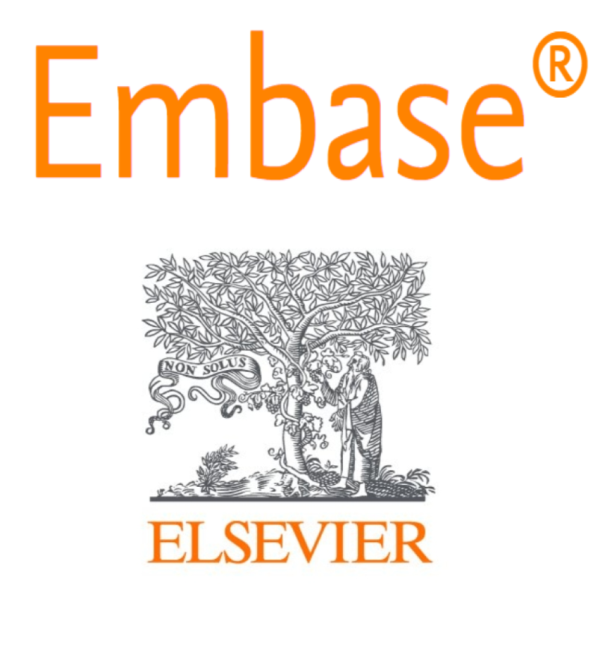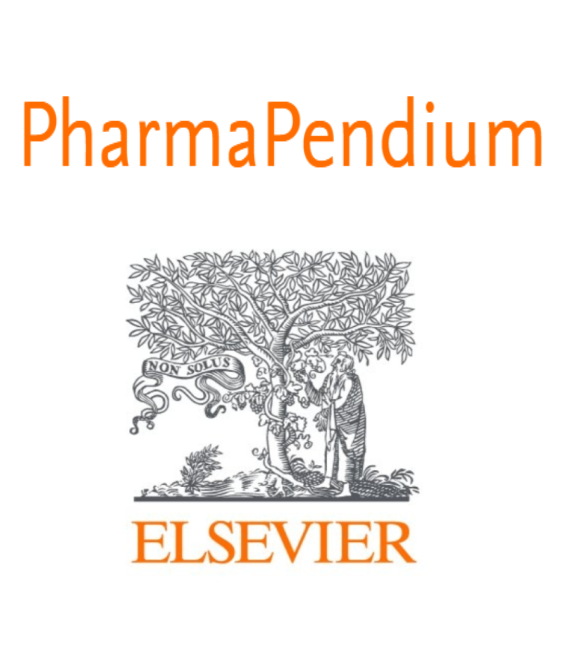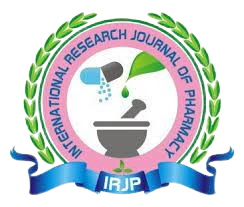The medication resistance profile of gastrointestinal and postbiliary surgical site infections in a tertiary care hospital
Keywords:
anaerobic culture.Abstract
In less developed areas, germs linked to surgical site infections (SSIs) are exhibiting
symptoms of growing drug resistance, which is causing more serious problems and higher
healthcare costs. Our goal in this research was to determine the pattern of drug resistance
in our isolates connected to SSI. Over the course of two years, 191 clinically confirmed SSIs
(postbiliary tract and postgastrointestinal surgery) were treated with wound swabs using
conventional aerobic and anaerobic culture. The antibiotic's minimum inhibitory
concentration (MIC) was found using the Epsilometer. Multidrug resistance phenotypes
were found based on the criteria. Klebsiella, Staphylococcus, and Pseudomonas were the
main causes of the 5.3% SSIs; no anaerobes were detected. A third of the Staphylococcus
aureus bacteria had an increased macrolide minimum inhibitory concentration (MIC), and
19% of the bacteria were resistant to methicillin. It was discovered that around 58.2% of
the Enterobacteriaceae isolates produced extended-spectrum beta-lactamases. We
discovered isolates with a higher MIC for meropenem. MICs that are quickly approaching
resistance in susceptible isolates are present in conjunction with the alarmingly rising
percentage of antibiotic resistance in SSI patients. The legislation requires immediate
corrective action.








